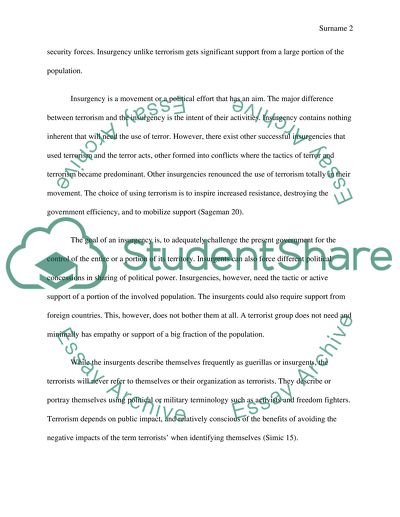Cite this document
(“Terrorism Term Paper Example | Topics and Well Written Essays - 2250 words”, n.d.)
Terrorism Term Paper Example | Topics and Well Written Essays - 2250 words. Retrieved from https://studentshare.org/other/1399812-terrorism
Terrorism Term Paper Example | Topics and Well Written Essays - 2250 words. Retrieved from https://studentshare.org/other/1399812-terrorism
(Terrorism Term Paper Example | Topics and Well Written Essays - 2250 Words)
Terrorism Term Paper Example | Topics and Well Written Essays - 2250 Words. https://studentshare.org/other/1399812-terrorism.
Terrorism Term Paper Example | Topics and Well Written Essays - 2250 Words. https://studentshare.org/other/1399812-terrorism.
“Terrorism Term Paper Example | Topics and Well Written Essays - 2250 Words”, n.d. https://studentshare.org/other/1399812-terrorism.


